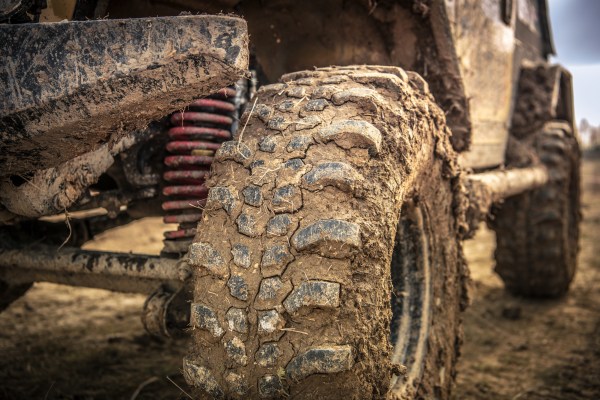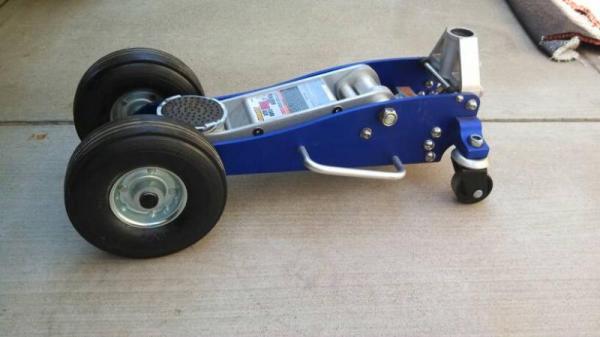While plenty of automotive enthusiasts are all about carving corners at the local track days, it’s a special breed that leaves tarmac behind for the dusty trail ahead. If your chosen ride is of the four-wheelin’ variety, here’s how you can modify it to dominate the dirt and mud.
Handling The Terrain
Building a good offroad rig requires a very different focus than building a car for street performance. A screaming high-performance engine is of no use when your tires are spinning in the air because you’re stuck in deep sand or on top of a pointy rock. Instead, four wheelers are concerned with a whole different set of parameters. Ground clearance is key to getting over obstacles without getting stuck, and good articulation is key to keeping your wheels on the ground and pushing you forward in deep ruts and on crazy angles. You’ll also want plenty of low-down torque, and tyres that can grip up in all conditions without snagging a puncture. It’s a whole different ballgame, so read on!















